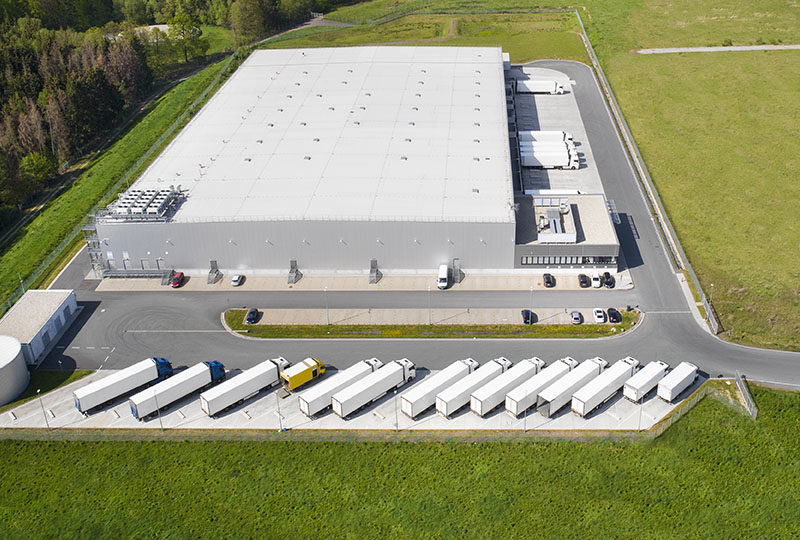Important Facts About Flat Roof Extensions
Putting a flat roof extension on your home can greatly increase its value and functionality. Also, adding a new flat roof for an extra room, during the remodeling process could be the most economical choice. Regardless of your reason, you should learn the many benefits of flat roofing technology for your extension.
In this article, we’ll help you understand everything you need to know about these extensions. Then, we will look at the different types of materials available. So, you’ll be able to decide if a flat roof extension is right for you.

What is a Flat Roof Extension?
When it comes to this type of roofing, the name says it all. A Flat roof extension has a flat roof with a slight angle to deal with drainage and prevent water from collecting.
In the 60s and 70s, flat roof extensions were unpopular because they often developed leaks. Now, due to innovations in roofing materials, they have again become a reliable and attractive roofing system.
Flat Roof Materials
When choosing a flat roof covering, it is important to consider performance and appearance more than cost. Additionally, the workmanship will impact the longevity of the flat roof extension. Also, the more inaccessible your roof is, the more important it is to choose a durable, long-lasting covering.
TPO Flat Roofs
The thermoplastic olefin (TPO) material used for flat roofs is composed of polyethylene thermoplastic. TPO flat roofs are preferred because they are economical and have longevity. This material deflects UV rays to help conserve energy and reduce utility costs. If they are applied and maintained correctly, a TPO flat roof can last 22 to 30 years.
EPDM Roofing
Ethylene propylene diene monomer (EPDM) flat roofs are another good choice. These roofing systems are delivered in cut-to-size rolls with their own flashing systems. This material is lightweight, stretchy, and very durable. EPDM flat roof extensions can last from 20 to 30 years. Again, the life of the roof depends heavily on the quality of installation and maintenance.
PVC Roofing
PVC (or polyvinyl chloride) roofing uses plastic as a building material. It is considered a cool roof membrane and has both an Energy Star and Cool Roof Rating. A certified cool roof can help cut cooling costs by about 7% to 15%. Also, PVC is naturally fire-resistant.
PVC roofing systems are lightweight, flexible, and UV-resistant. They have a life expectancy of about 30 years.
Sheet Metal
Many flat roof extensions are made from sheet metal. Sheet metal is durable and offers the most protection and longevity, so long as they are correctly maintained. Assembly is easy; the metal panels snap together and have a standing seam.
However, the installation of a sheet metal roof is meticulous and labor-intensive. One benefit is that if the roof is maintained properly, it can last up to 50 years!
T and G Roofing Can Help You With Your Flat Roof Extension!
Would you like a flat roof for your extension? With more than 30 years of roofing industry experience, T and G Roofing can provide you with quick, quality delivery and service.
We specialize in commercial and residential roofing. We can replace your roof, or take care of any maintenance you need. To schedule a consultation, contact us today!

